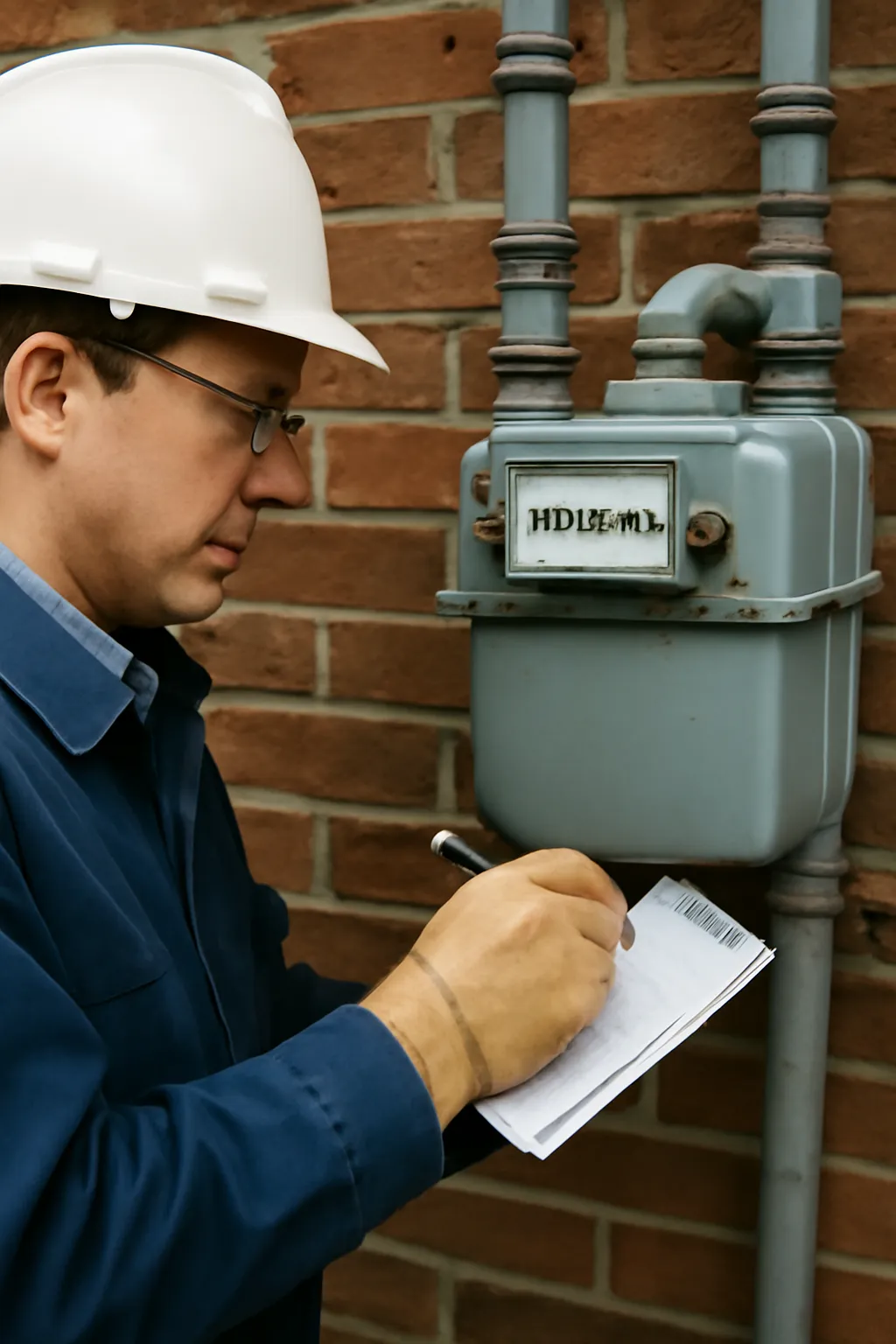Are you curious about how much your city gas bill will be this month? Understanding the price of city gas per unit, especially the City Gas 1 Rube unit price, can help you keep track of your energy consumption and manage your budget better.
The City Gas 1 Rube price can vary depending on a few key factors, such as location, market fluctuations, and the energy provider. However, understanding the city gas 1m3 price and City Gas Rube rate will provide insights into the overall pricing trends.
In this article, we’ll dive into the current City Gas 1 Rube unit price, explore what affects it, and how the rate impacts your utility bills.
What is the City Gas 1 Rube Unit Price?
The City Gas 1 Rube unit price refers to the price per unit of natural gas in certain areas where City Gas Rube is the primary energy provider. This unit is typically measured in cubic meters (m³). The Rube rate is affected by various market forces, such as supply and demand, global energy prices, and governmental policies.
The unit price for gas in urban areas varies depending on the local market conditions and regulatory frameworks. Typically, these prices fluctuate quarterly, and your utility provider might adjust rates based on seasonal demand or fuel price changes.
For example, in some cities, natural gas prices can rise during the winter months when heating demand is higher, and the rates may be lower during summer months when consumption is more moderate. It’s essential for consumers to stay updated on these price changes so they can optimize their energy use.
Key factors influencing the City Gas 1 Rube unit price include:
-
Global natural gas market trends
-
Regional supply-demand imbalances
-
Regulatory adjustments
-
Seasonal demand fluctuations
-
Operational costs of local energy providers
Understanding these dynamics can help you make more informed decisions about your energy consumption and budgeting.
👉 Learn more about City Gas 1 Rube Unit Price 👈
How to Calculate the City Gas 1m³ Price
To determine your City Gas 1m3 price, you need to understand how your consumption is measured. The gas meter tracks your usage, and the price per cubic meter (m³) is applied to the amount of gas you’ve used.
For instance, if your household consumes 150m³ of gas over a month, and the City Gas Rube rate is $0.50 per m³, your bill would be 150m³ x $0.50 = $75.
Keep in mind that the City Gas 1m³ price might include additional fees like taxes, transportation costs, and other service charges. These extra fees can increase the total cost of your monthly gas bill.
Here’s a simple breakdown:
-
Read the meter to know how many cubic meters of gas you’ve used.
-
Check the current City Gas 1m³ price, which is available on your gas provider’s website or billing statement.
-
Multiply your total usage by the unit price to get your gas consumption cost.
For example:
-
Gas consumption: 200m³
-
Unit price: $0.60 per m³
-
Total cost: 200m³ x $0.60 = $120
By understanding the City Gas 1m³ price, you can estimate your gas expenses and plan accordingly.
👉 Check Current City Gas 1m³ Price 👈
Factors Influencing the City Gas Rube Rate
Several factors contribute to the fluctuation in City Gas Rube rates. Let’s look at the most significant influencers:
1. Market Fluctuations
The price of natural gas in global markets plays a direct role in shaping local gas rates. If global gas prices rise due to geopolitical tensions or natural disasters, the City Gas Rube rate could increase as well.
2. Government Regulations
In many regions, local governments regulate gas prices to ensure they remain affordable for households. However, governments might also raise prices to support the development of renewable energy infrastructure or to cover rising production costs.
3. Energy Provider Adjustments
Gas utility companies can raise or lower prices based on operational costs. If their infrastructure costs increase, or if they invest in new technologies, they may pass those costs on to consumers.
4. Supply and Demand
Like any commodity, natural gas prices are influenced by supply and demand dynamics. If a city experiences a high demand for gas during the colder months, this may lead to an increase in the unit price. Similarly, a mild winter could reduce demand and lower prices.
By understanding these factors, you can anticipate potential price changes and take proactive measures to manage your gas consumption efficiently.
👉 Learn more about City Gas Rube Rate 👈
Conclusion
The City Gas 1 Rube unit price is a vital aspect of your monthly energy costs, and understanding how it works can help you manage your gas consumption more effectively. Keep an eye on the City Gas 1m3 price and Rube rate fluctuations, as they can significantly impact your utility bill.
By staying informed about market trends, regulatory changes, and supply-demand dynamics, you can better anticipate future price changes. Additionally, being aware of how gas is priced and how to calculate your gas bill ensures you’re always prepared for any adjustments.
Remember, small adjustments in your gas consumption habits can lead to significant savings over time. Stay updated on pricing changes, and use energy efficiently to reduce costs.
As Benjamin Franklin once said, “An ounce of prevention is worth a pound of cure”—and in this case, staying informed about your energy usage can save you a lot of money in the long run.






